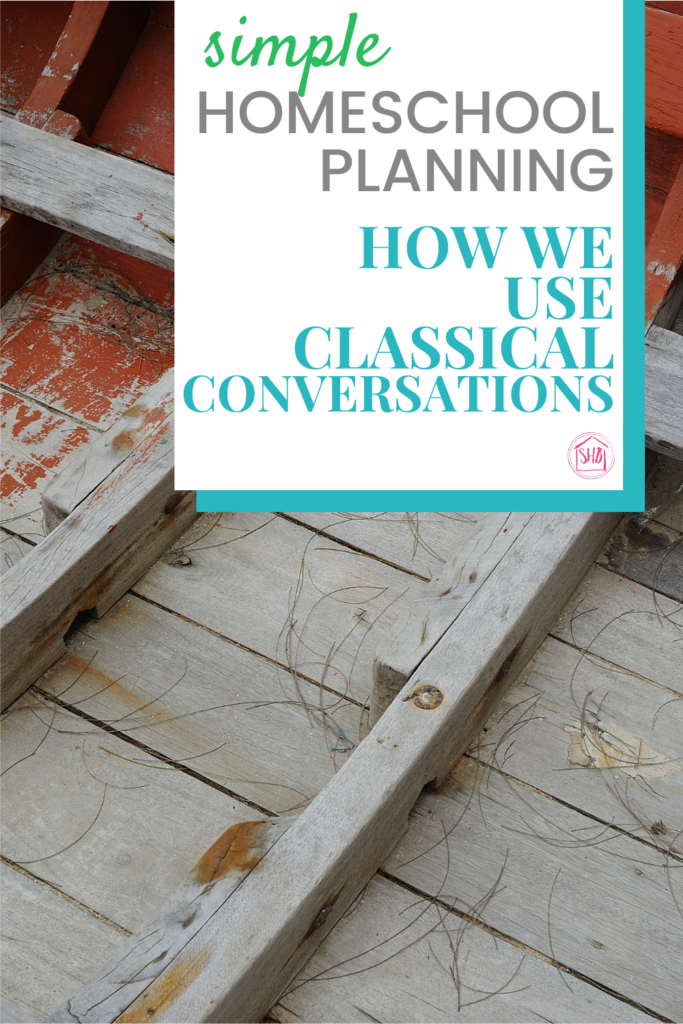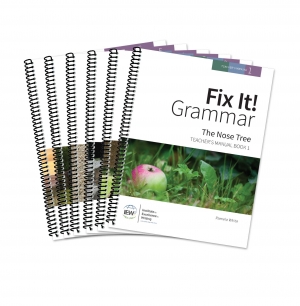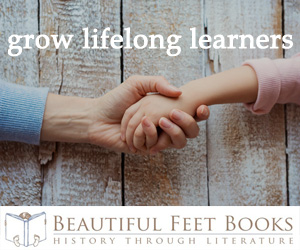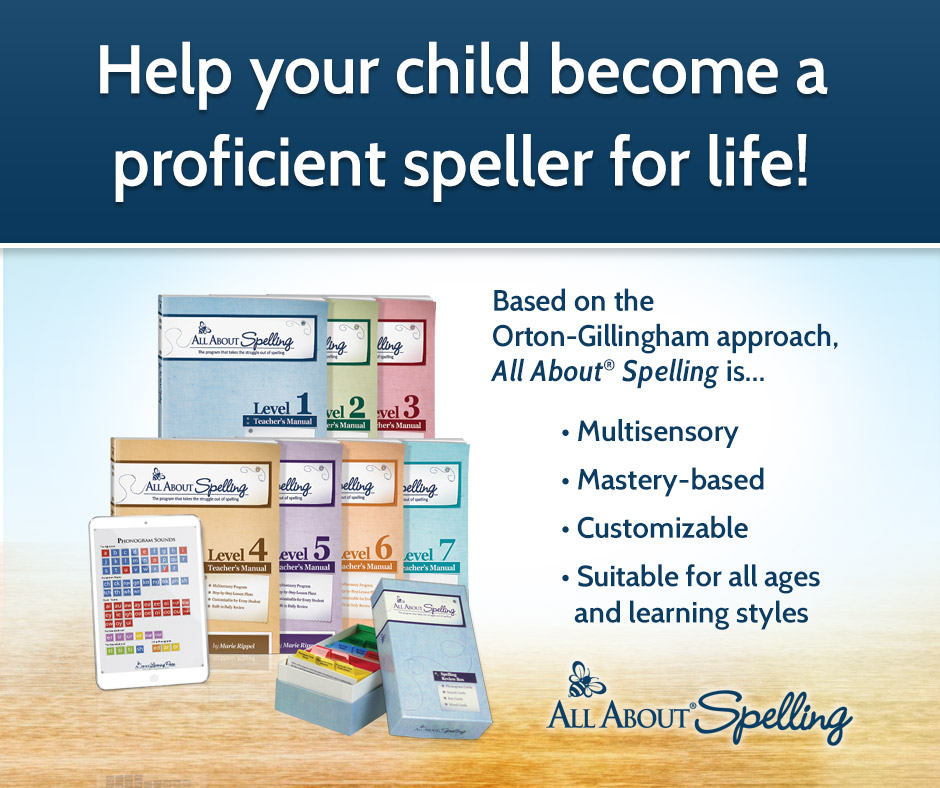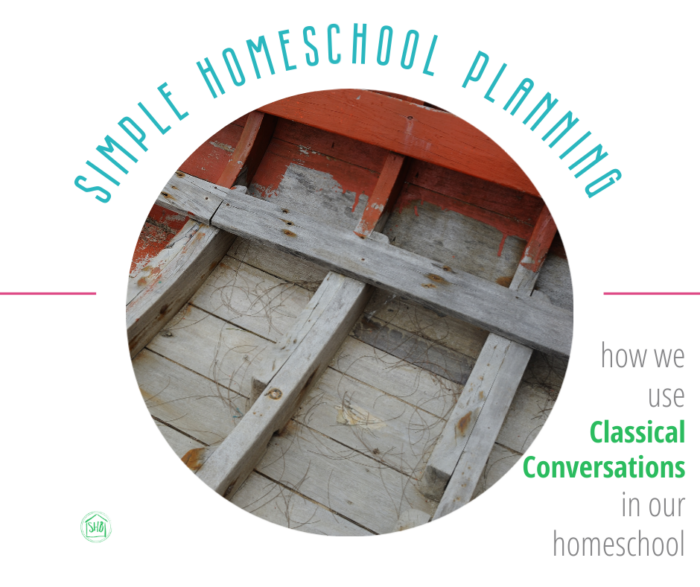
Having finally gotten going on discussing my homeschool planning, it seems I just can’t stop! I have been planning on putting my thoughts into written form for some time. But the resulting series of articles has definitely surprised me in its length.
Homeschool is learning alongside, ahead of, and behind your students. Often new discoveries or forgotten facts surprise and delight you as the teacher. More often the learning going on in front of our kids, for the benefit of our kids, is adult learning. Discovering what makes our kids tick, what makes us tick, how to teach and reach the hearts and minds of our kids – this is what fills our days.
And homeschool planning is all part of the learning curve. There can be lots of fits and starts along the way. This series of posts about homeschool planning is the result of 5+ years of homeschooling. I hope they are a blessing to you.
This post may include affiliate links. If you click and make a purchase based on my recommendation, I get a small remuneration at no extra expense to you. I only recommend things I use and believe to be a blessing.
The Pillars of Our Homeschool Year
I have laid out the parameters, or the structure of our year (here), it’s time to build up from there. The pillars of our Homeschool Year are the two curricula from which I take inspiration – Ambleside Online and Classical Conversations.
In a previous post I addressed Ambleside Online in similar fashion to how I will now discuss Classical Conversations. Continuing the boat metaphor (admittedly weak) from the previous posts in this series, I am sharing the structure and pillars of our trim little vessel for the vast sea of homeschooling.
I don’t know how structurally sound a boat will be with only two pillars, so we have our Gathering (inspired by AO and CC) as a major support as well. These three things together make our homeschool work.
What is Classical Conversations and How do We Use It?
Classical Conversations is a community-driven Christian Classical curriculum for homeschool. When a family joins Classical Conversations they typically will become part of a local community, which meets one day a week for 24 weeks each year.
The curriculum in early years is Foundations – for ages 4-12. The later elementary years Foundations students also participate in Essentials – an afternoon program covering Math, Writing, and Grammar. I have started writing about it here (I am a little behind on those posts). The middle and high school years are Challenge. We currently do not have any students in Challenge, so I will only address here how we use the Classical Conversations Foundations and Essentials programs as a pillar for our homeschool.
Classical Conversations Offers Us…
From the very start of our Classical Conversations journey there has been a balancing act to perform. The balance between too much and not enough. It is not a reflection of any flaw on the part of the program. Rather, it is more an inward struggle as I have learned a whole new approach to education – one which is Classical in nature.
The very core of what Classical Conversations offers us is small bites at a large feast. We use Classical Conversations in the Foundations years as a curriculum of memory work. In the Essentials years, we use it as the foundation for writing and meaningful math review.
When we first started Classical Conversations (when my oldest was 5), I didn’t know what I was doing most of the time. And all we did in our homeschool that first year was the Foundations memory work (one nugget of information in 7 subjects) and First Language Lessons – and that sporadically.
God changed things up mid-first year with the blessing of another baby. So, I had 4 babies 5 and under by the end of the year. Overwhelmed was the general feeling I had most days that year. We did pitiful few extras.
I tell people I love Classical Conversations because it can be as tiny as you like or as large as you like. We tend toward the tiny side of the scale. That first year we were all the way in on tiny. But what is so wonderful is the kids were still learning – even in tiny ways – all of them! Even my not-yet-school age kids were singing along with the songs and helping out my kindergartener with school.
The learning we did at our dining table and on our couch was a simple as we could make it and it still made a massive impact. It was surprisingly idiot-proof. I couldn’t mess it up even with procrastination and neglect. Those little nuggets of information wiggled their way into our long-term memory. All we needed for those years was a Foundations Guide.
What We Adapt (or expand) from Classical Conversations
I used term adapt in the previous post about Ambleside Online because AO is the curriculum we do adapt most. Classical Conversations is not really “adaptable” in the sense of it is so tiny in its scope (and yet vast) that it does not really ask more of the parent/teacher than the memory work at home. Thus the changes made to a CC curriculum are better named expansions.
The community days are the opportunity for the expansion of learning – at least the way we do it. As I mentioned before in the AO post, we are not outdoor learners. We do not do a bunch of science experiments or art projects. Though we do get around to some of them, I tend to procrastinate the seemingly big projects. We tend toward the sit-around-and-read more than the run-out-and-explore homeschool.
Classical Conversations, in that sense, has my back. For the 24 weeks we are in community with CC each year, I know my students will be able to explore the things I avoid at home – art and science. I know they will be asked questions in the science and art portions of the curriculum which will be brought up for discussion in the following week.
What Classical Conversations Looks Like in Our Homeschool
All other expansions of the CC curricula (memory work) in our home come sporadically. As we are reading our AO books, a year will be mentioned or a location. Suddenly a song is sung, a map is sought out – and the reinforcement of memory work results. The memory pegs are driven just a bit deeper into our brains each time.
Yesterday while my fourth grader was reading George Washington’s World (from AO’s year 4 book list), we sang no less than 3 different history songs from all three of the CC Cycles. Similarly, before starting our Saxon math studies yesterday, my 2nd grader reviewed the skip counting we have been singing in our home for years because of CC. I marvel each time a song is recalled at just how vast the memory work’s reach is. And I also marvel at just how effective the CC curriculum is at teaching the memory pegs I want my children to have.
What We Don’t Use from (or don’t add to) Classical Conversations
Again the heading here doesn’t speak so much for Classical Conversations because there is not much required of a CC student. I suppose leaving off a portion of the memory work could be possible. But honestly, one little memory peg in each subject is doable. There is not much to not make use of – even if all one does is put on the memory work CDs.
This is where the aforementioned struggle between too little and not enough comes in. It is hard to fathom a curriculum so sparse being enough for a student. And yet it is.
The temptation comes in to add more and more to the memory work to make a “full curriculum.” We are so trained by the idea of learning requiring craft projects and notebook pages. Often we look for the physical results of the internal machinations of the mind. Classical Conversations encourages parents to lay those ideas aside, in view of the dialogue – the great conversation – about truth, goodness, and beauty. This is the essence of Classical education.
So, to get down to what we don’t use from CC, I will reframe the heading again to say, what we don’t add to CC.
What We Don’t Add:
- We do not add to any of the memory work more than what is natural in the course of our curriculum. I do not research down to each week more printable resources or games we can play.
- We do not do more than what is natural in terms of art or art study. Yes, we do these things, but I do not feel the pressure to put it on the schedule.
- I do not add more science experiments, either. Each week at community day the students will do 1-2 science experiments. Even if that number is only one, my students will do 24 science experiments over the course of the year. That is far more robust than I can remember from my elementary public school career.
When I DO add to Classical Conversations
Since we have students who will be in the Foundations program for at least 2 rotations through the three CC cycles, I do add a bit more. On the second time through a cycle, we do One Thing More. I have discussed the specifics in our One Thing More posts (see this example). But I will briefly describe the philosophy here.
I believe the second-cycle student should be able to choose a single subject to explore just a little deeper. This is not every subject – just ONE subject. And it is what I call One Thing More. It is one small addition to each week’s memory work in the specified subject. Allowing the student to explore what she likes will keep the enthusiasm for the subject going. At the same time a tiny bit more meat is added onto the bones of a subject.
More Classical Conversations Planning and Tips
I have written quite a bit about our CC journey in the 5+ years we have been homeschooling. Many of the tips and planning I have are super simple. If you are looking for more of what I have written on CC, these posts are a good start:
- Simple Classical Conversations Review
- What We are Actually Doing for CC Cycle 3…Really
- Simple Memory Master Prep
- Skip Counting Tips and Tricks
- Bringing Saxon Math together with CC
- A New Skip Counting Help – Math, Art, and History combined
Since I have written so much about Classical Conversations, I created a CC-friends email list. When I publish new content or have special helps for the CC homeschool, I send out updates. If that interests you, you can sign up here:
I have started writing enough about Classical Conversations that I created a segment of my mailing list devoted to CC. If you are interested in receiving updates on our CC journey, encouragement for your CC journey, and notification of new resources to help you, please sign up here. If you are already a subscriber, it will NOT double-subscribe you.
Looking Ahead in Homeschool Planning
Now that I have laid out the structure of our year and the first two pillars – Ambleside Online and Classical Conversations, look for a post next on our third pillar – Gathering. Even as I write this article I notice afresh how our Gathering tradition marries the CM and Classical methods of homeschooling, giving me the feeling of filling in the blank spaces. Stay tuned.
